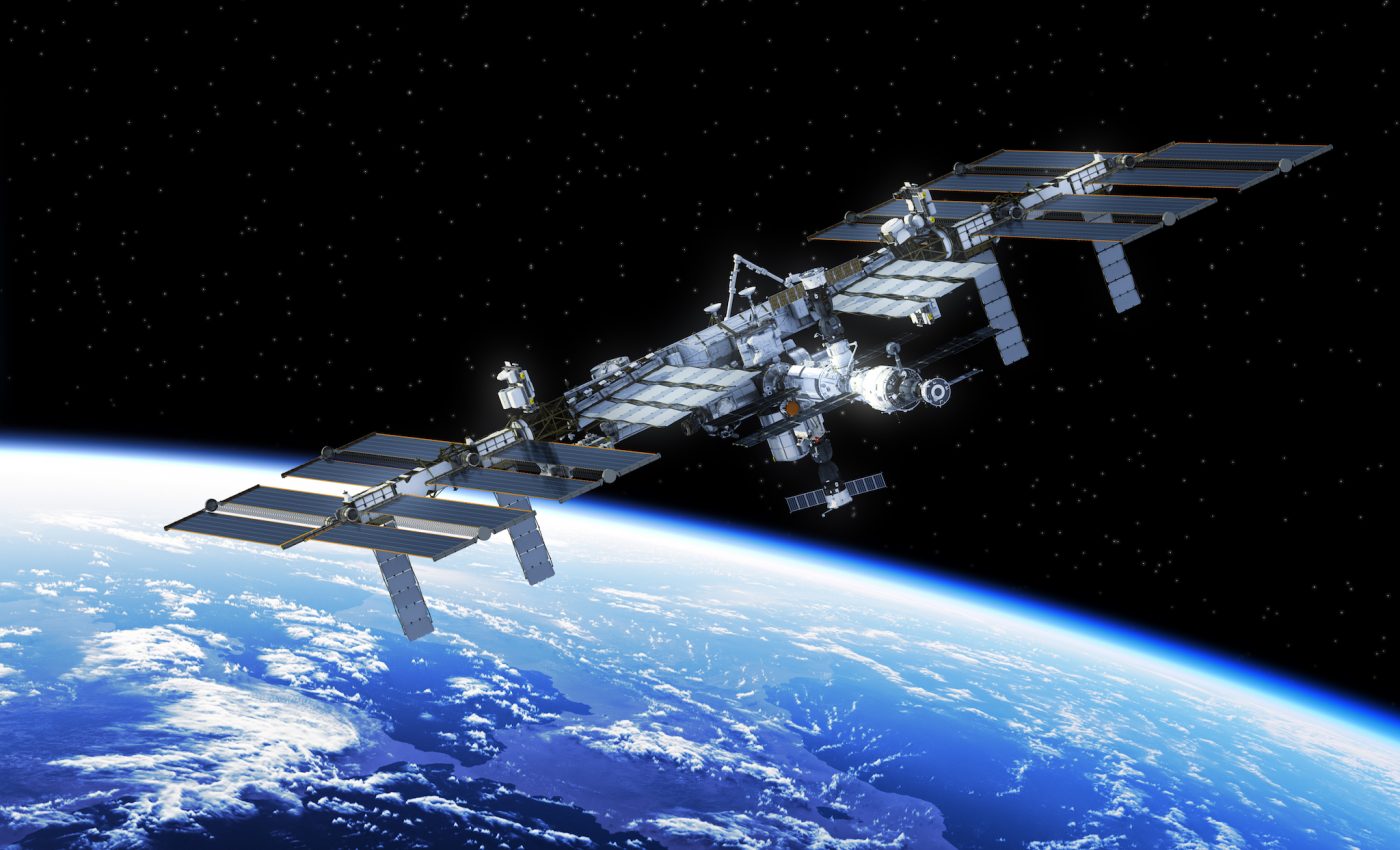
Microbes on the ISS could be an active threat to astronaut health
Strains of the bacterium Enterobacter have been identified on the International Space Station (ISS). While some strains of this bacteria are pathogenic and can infect humans, the strains isolated from the ISS are not. However, experts are studying the Enterobacter strains to identify any potential health implications for future missions.
Researchers at the NASA Jet Propulsion Laboratory discovered five strains of Enterobacter as they were characterizing the bacterial communities that live on surfaces inside the space station. The samples containing the bacteria had been isolated from the space toilet and the exercise platform on the ISS in March of 2015.
To identify the exact species of the Enterobacter, they were compared to all publicly available genomes of 1,291 Enterobacterstrains.
Study co-author Dr. Kasthuri Venkateswaran is a Senior Research Scientist at the Jet Propulsion Laboratory Biotechnology and Planetary Protection Group.
“To show which species of the bacteria were present on the ISS, we used various methods to characterize their genomes in detail,” explained Dr. Venkateswaran. “We revealed that genomes of the five ISS Enterobacter strains were genetically most similar to three strains newly found on Earth. These three strains belonged to one species of the bacteria, called Enterobacter bugandensis, which had been found to cause disease in neonates and a compromised patient, who were admitted to three different hospitals (in east Africa, Washington state and Colorado).”
By comparing the genomes of the five ISS strains to the three clinical strains, the experts could investigate whether the ISS strains showed characteristics of antimicrobial resistance or if they had gene profiles similar to those found in known multi-drug resistant bacteria. The scientists were also able to investigate the pathogenic potential of the ISS bacteria strains.
“Given the multi-drug resistance results for these ISS E. bugandensis genomes and the increased chance of pathogenicity we have identified, these species potentially pose important health considerations for future missions,” said study first author Dr. Nitin Singh. “However, it is important to understand that the strains found on the ISS were not virulent, which means they are not an active threat to human health, but something to be monitored.”
The team found that the ISS strains had similar antimicrobial resistance patterns to the three clinical strains and that they contained 112 genes involved in virulence, disease, and defense. While the ISS E. bugandensis strains were not pathogenic to humans, computer analyses produced a 79-percent probability that they have the potential to cause disease. However, this would need to be confirmed by tests on living organisms.
“Whether or not an opportunistic pathogen like E. bugandensis causes disease and how much of a threat it is, depends on a variety of factors, including environmental ones,” said Dr. Venkateswaran. “Further in vivo studies are needed to discern the impact that conditions on the ISS, such as microgravity, other space, and spacecraft-related factors, may have on pathogenicity and virulence.”
The study is published in the journal BMC Microbiology.
—
By Chrissy Sexton, Earth.com Staff Writer













